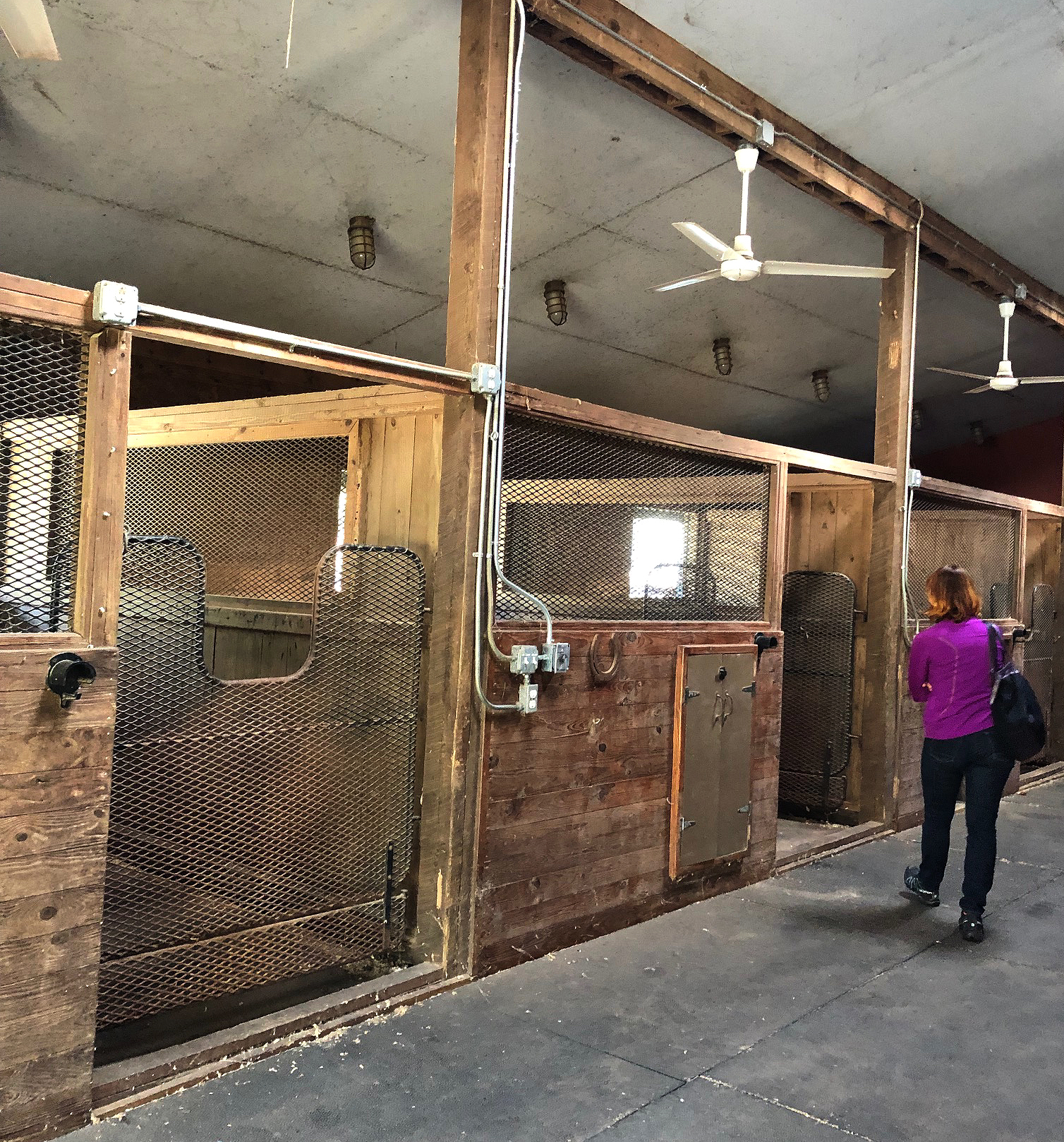 Just in time for the New Year, we thought we’d take a moment to discuss renovating an existing horse barn.
Just in time for the New Year, we thought we’d take a moment to discuss renovating an existing horse barn.
Recently, Blackburn was asked to take a look at a gorgeous property in North Carolina that has an existing barn in need of a facelift. Built more than a decade ago for Icelandic ponies, the new owners want to make safety improvements for their larger athletes. However, budget is a big concern. Because the owners plan a new barn in the next few years, they want to limit renovation costs on a barn they might ultimately tear down.
To begin the process, we visited the site and took photographs documenting existing conditions. Back in the studio, the Blackburn design team reviewed the photos and provided the following comments on potential improvements that could help make the barn safer for horses. We thought it would be helpful to share our ideas here.
- The barn is very basic and worn but isn’t too bad. The primary drawback in the design is no pull-through aisle and the swinging stall doors. There is some natural light coming in through the skylights but it’s not sufficient. Nor do they permit vertical circulation or venting of hot air. It appears the only way to vent air out of the roof area is through the roof top cupola.
Recommendation: Add more skylights and add vents in the end walls with dampered exhaust fans to pull hot air from the aisle area.
- The hinged gates to the stalls open into the stall. They should open to the aisle. If a horse is down within the stall and laying against the door, the only way to get in would be to climb over the wall. And there is no way to get the horse out.
Recommendation: Add new sliding stall fronts. Also, replace the stall mesh at the stall fronts and side walls with a stock bar grill system. These are much stronger than the steel mesh. However, they need to have the proper bar spacing (max. 2 to 2 1/2″ clear) and be sufficiently strong to not bend when kicked by a horse.
- The electrical outlets are exposed.
Recommendation: The outlets should be covered to protect horses from sharp corners and edges. Verify that all outlets are GFI protected. (A GFI, or GFCI – Ground Fault Circuit Interrupter – protects from electric shocks from faults in electrical devices.) All wiring should be run through metal conduit or replaced with BX cable.
- Existing stall door latches are not the best for horses. Exposed hold open hooks can easily injure a horse.
Recommendation: Replace the latches.
- There are a lot of rough edges in the stall area that could cause injury to horses and contribute to harmful cribbing.
Recommendation: Any damaged wood should be replaced, exposed wood edges and corners either eased or covered with metal angles to reduce risk of cribbing and splintering. Confirm all nail heads on the interior of the barn – wherever they come into contact with horses – are reset to eliminate exposed heads or replace with wood screws.
- Inadequate flooring.
Recommendation: Replace the existing grid flooring outside or in the covered stall areas. Level the floor and slope it in the direction of natural drainage away from the stalls. Lay a bed of crushed gravel, cover with stone dust, and compact as required to reduce risk of erosion. If erosion is a problem, a pressure treated 2X could be set into the ground under the fence line and level with the stone dust to prevent erosion.
- Ceiling mounted lights and fans are filthy.
Recommendation: Clean all.
- The rafters under the roof of the outside stalls do not bear on the supporting wall.
Recommendation: Inspect each rafter for structural soundness and install a flat metal nailing plate (similar to those used in wood trusses) at each rafter to insure they don’t separate.
- Wash Stall Issues.
Recommendation: Provide 3/4″ non-slip rubber mats on concrete slab. Provide for drainage around edge of slab. If there is any slope to the slab, provide a gravel swale that provides sufficient drainage for water to either drain away or, preferably, back into the soil. Water should not accumulate and pool on the ground surface and create muddy conditions. Provide cross-ties at the wash stall and a place where cleaning equipment can be stored unless a tack caddy is used. Consider a collapsible saddle rack and a place to hang your blankets or saddle pads.